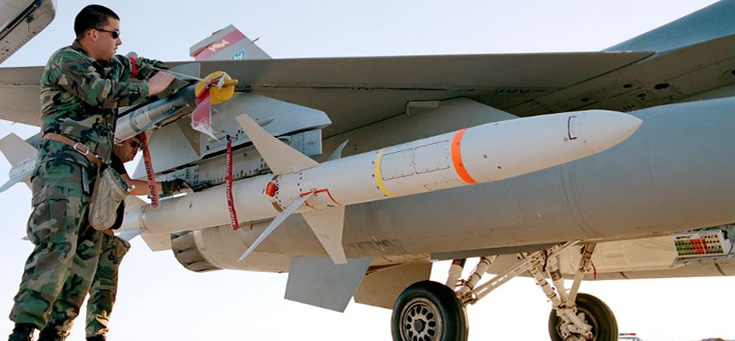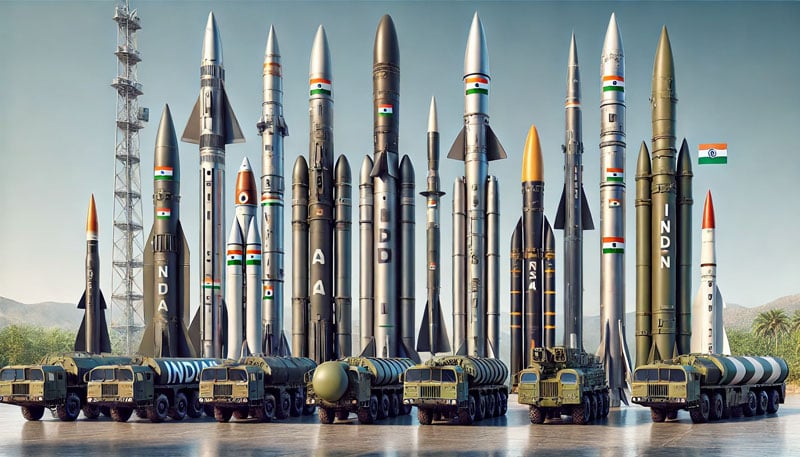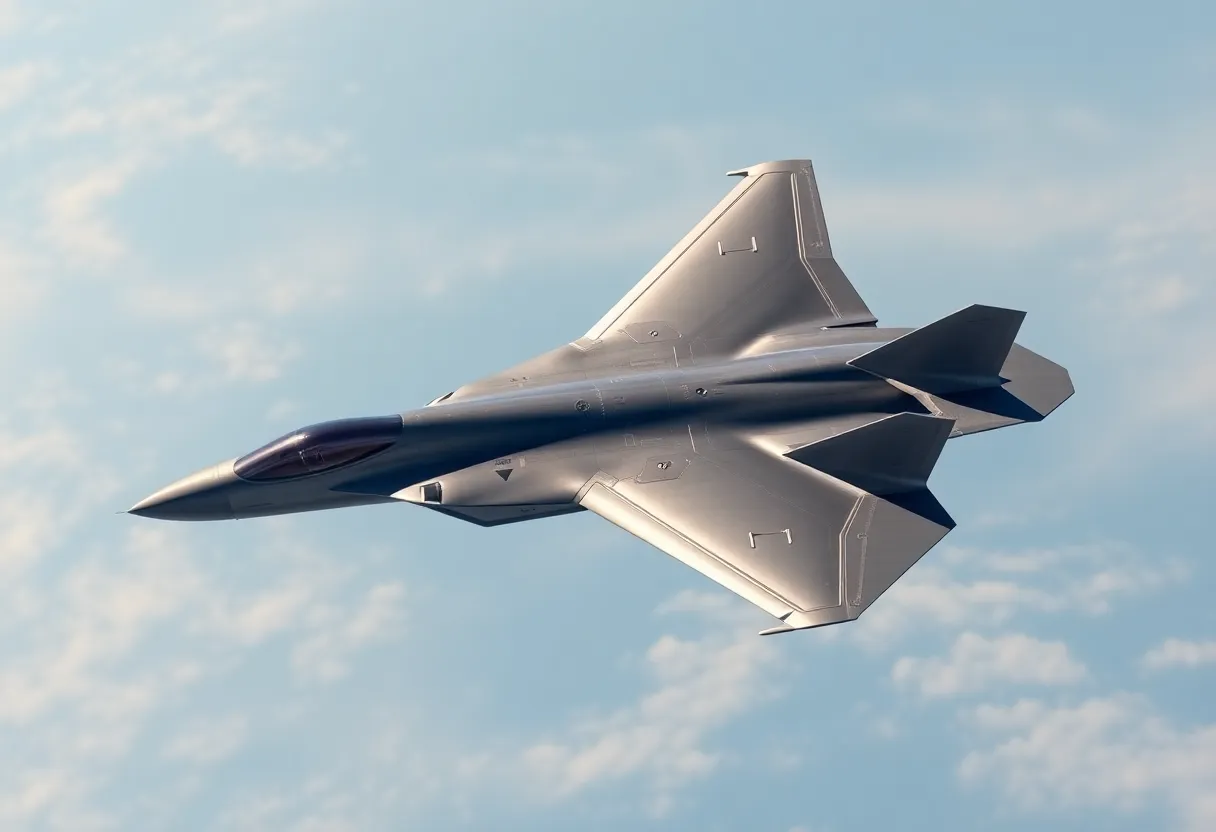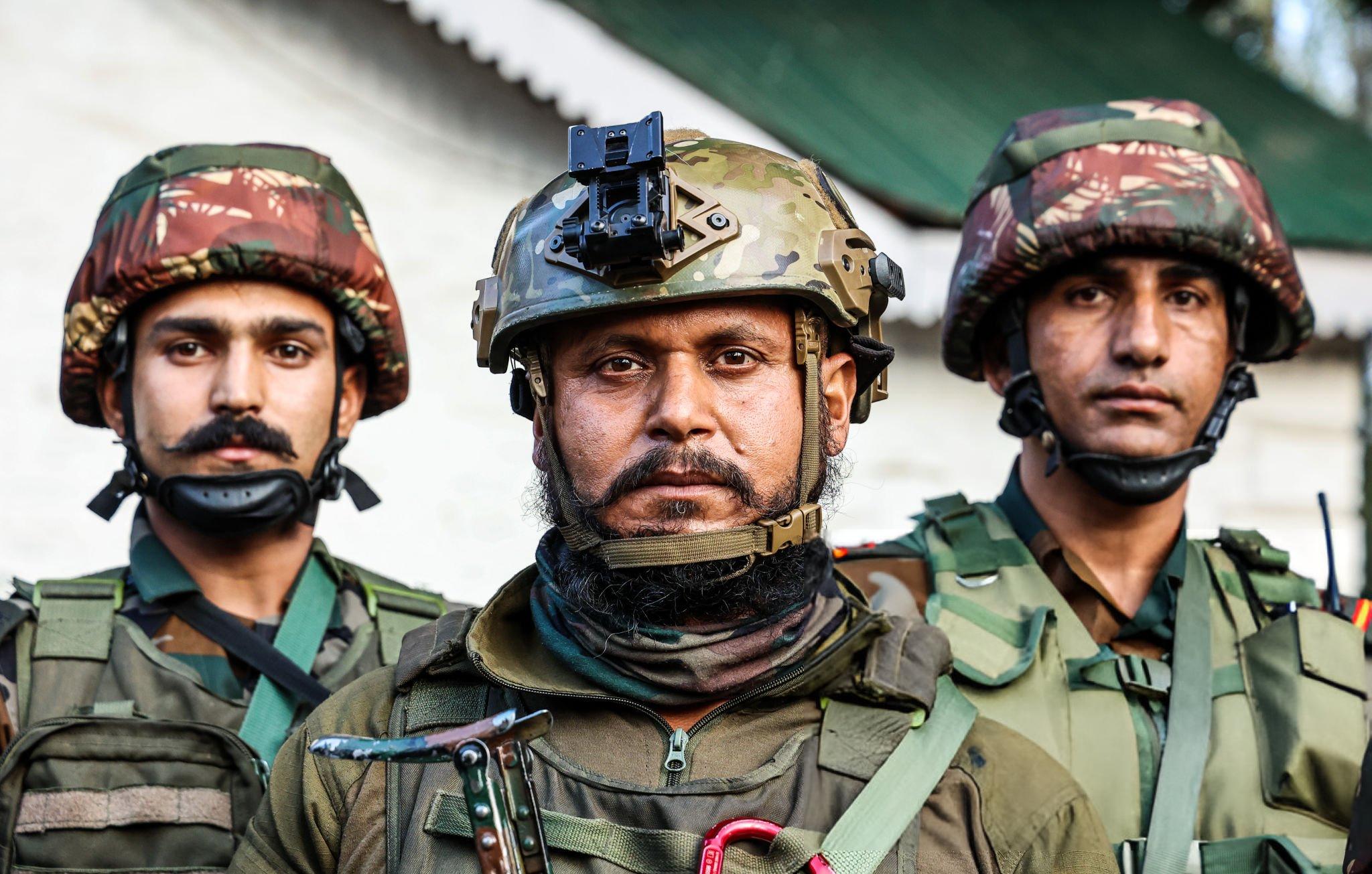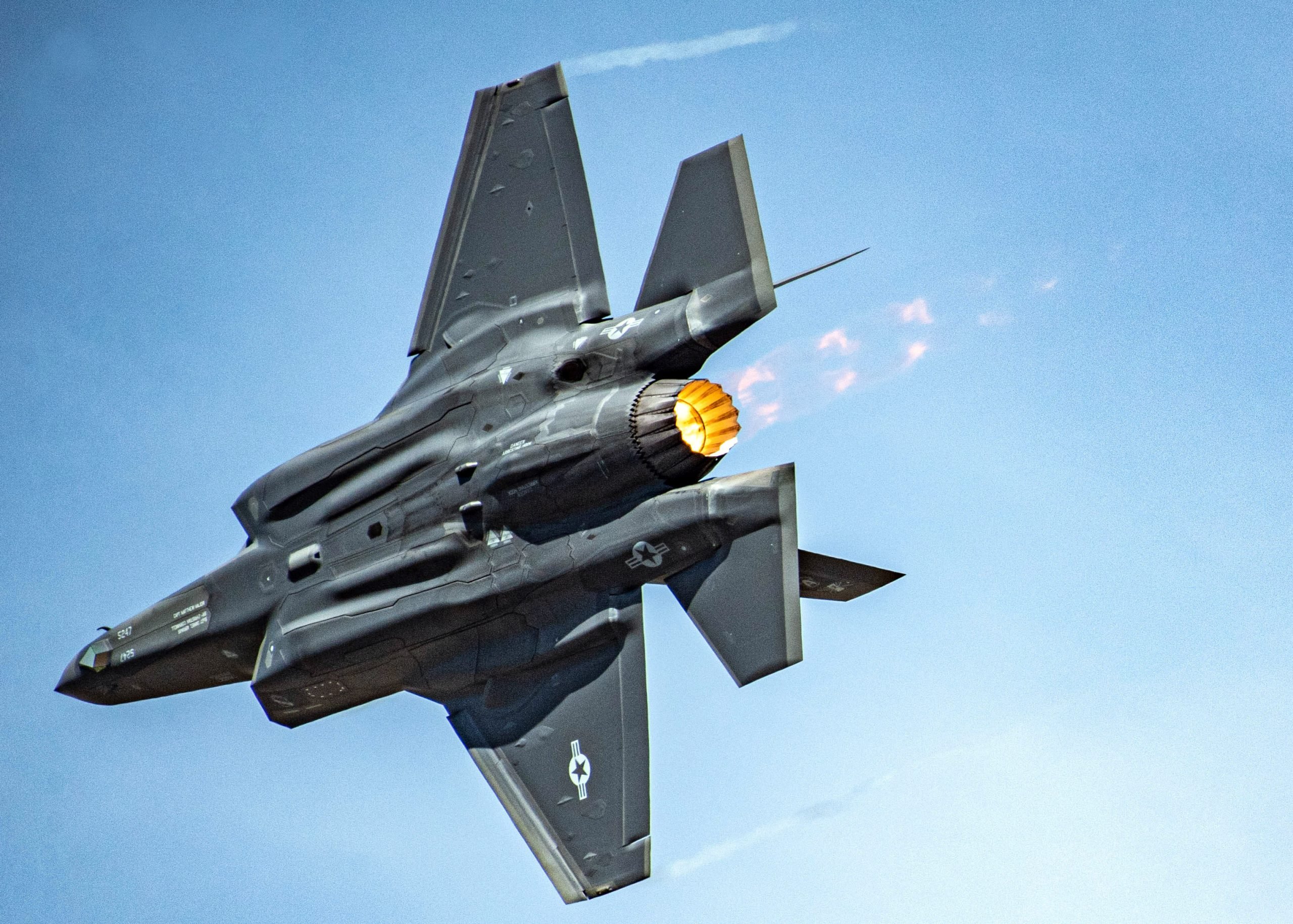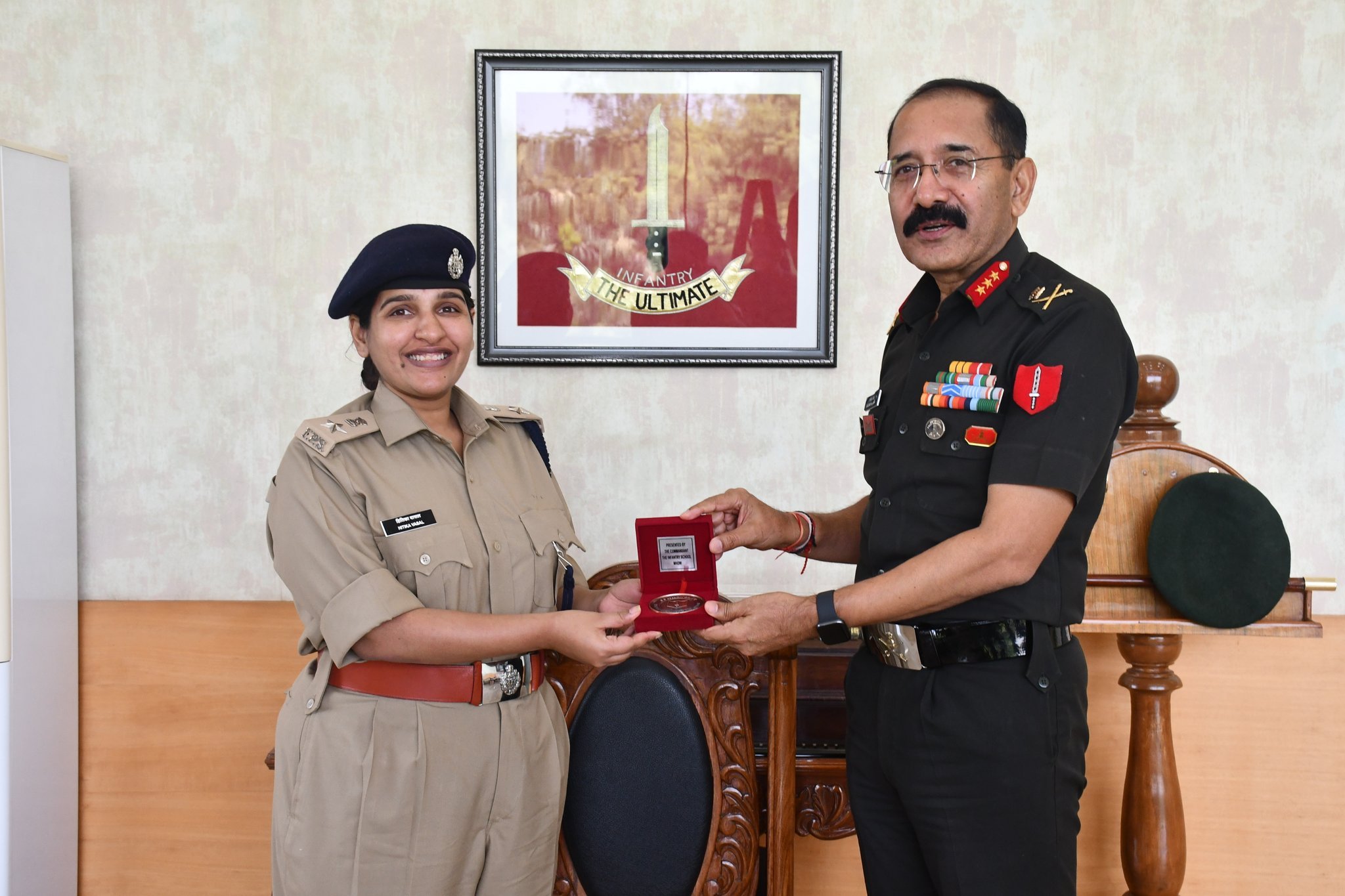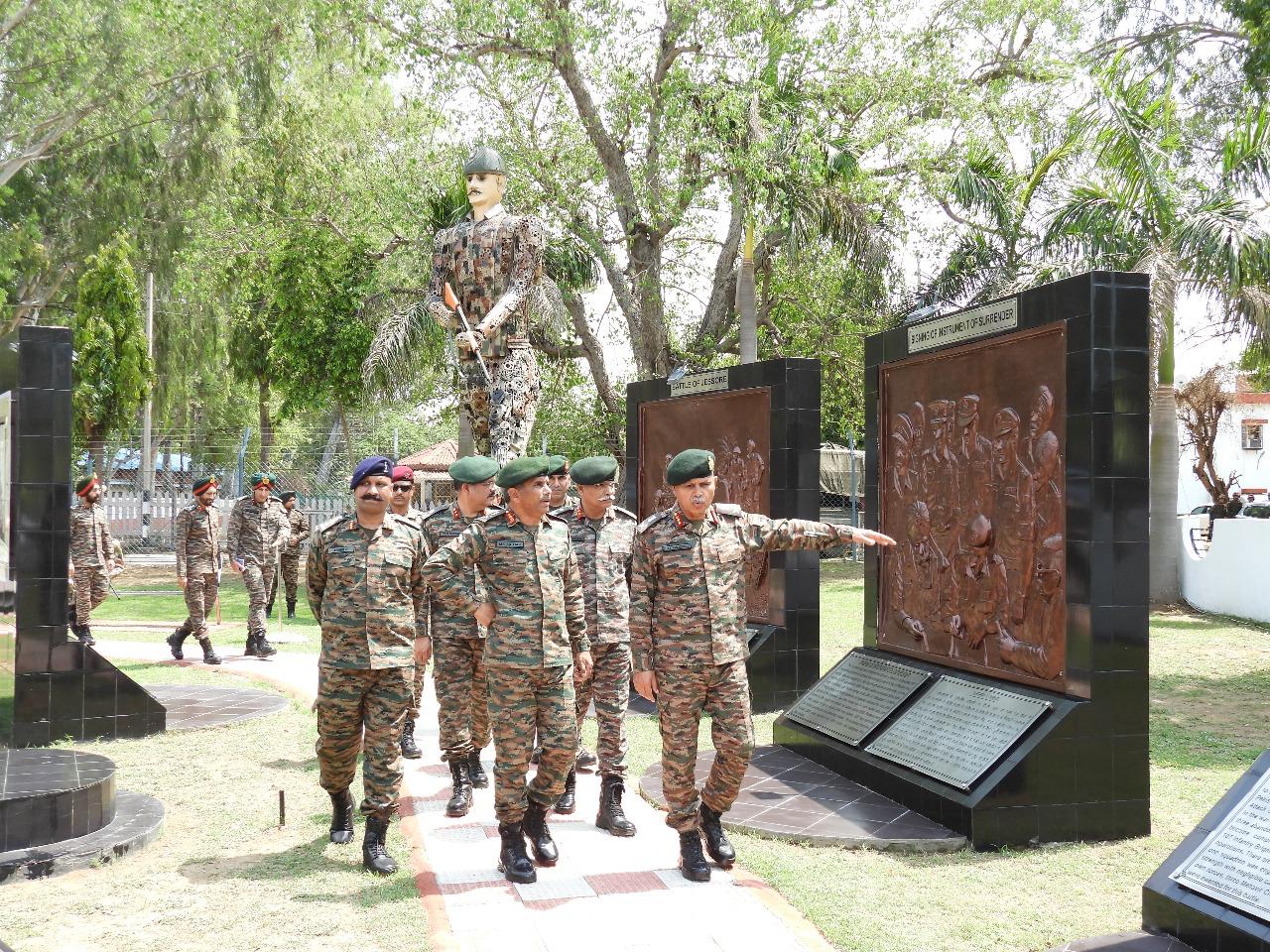Hello, Warriors. India is developing an Anti-Radiation Missile (ARM) which can hugely multiply the strike capabilities by destroying the enemy’s advance warning system, after the success of Agni-V project.
Defence Research and Development Organisation (DRDO) has decided to conduct captive flight trials of an advanced, state-of-the-art Anti-Radiation Missile (ARM) in April-May 2016. This will be followed by the maiden flight test that will be held by the end of 2016.
Here is all that you need to know about it:
- Production of the ARM, which is among the most advanced missiles, is being undertaken on priority basis by the Defence Research and Development Laboratory (DRDL).
- ARM is an air-to-surface tactical missile indigenously developed by DRDL including its heat seeker.
- The ARM is used to take out surface-to-air missile (SAM) sites during an air raid on an enemy country.
- It is capable of targeting enemy’s air defence capabilities by attacking radars and communication facilities by picking up the radiation or signals from these facilities.
- These missiles can detect radar by tracking its electro-magnetic radiation & pulses generated and would be independent of the radar wavelength, being able to destroy it.
- This indigenously built tactical missile is an air-to-surface missile (ASM) with a range of 100 km to 125 km.
- Instead of thrust propulsion, the missile uses dual pulse propulsion system as in the case of LR-SAM. The dual pulse propulsion will widen the envelope as well as the engagement capability of the missile.
- The missile will be mounted on India’s frontline air superiority fighters like the Sukhoi Su-30MKI and the indigenous multi-role fighter LCA Tejas.
- The ARM missile will be inducted into Indian Armed Forces till 2018 after successfully conducting a number of developmental trials.
- Such missiles, currently in use of some major powers like the US, can detect and attack a radar antenna or transmitter with minimal aircrew input. The ARMs are currently with only a handful of countries, like the US, Germany, Russia and Brazil.
- The proportional guidance system that homes in on enemy radar emissions has a fixed antenna and seeker head in the missile’s nose.
- After coasting the missile for the required duration by firing the first pulse, the second pulse will be initiated just before interception of the target or during the terminal phase.
The Indian Air Force would be inducting the anti-radiation missile (ARM) within two years, following the completion of all the developmental trails whereas India’s hostile neighbour, Pakistan has the Brazil-made MAR-1 anti-radiation missiles integrated into its JF-17 Thunder and Mirage III/V strike aircraft.

